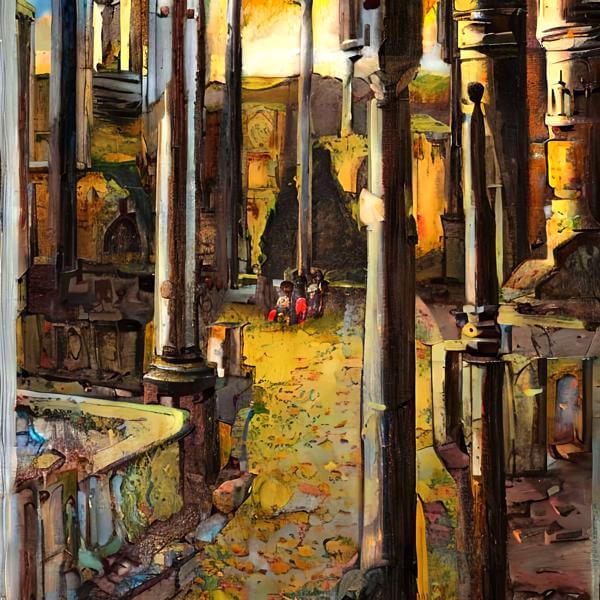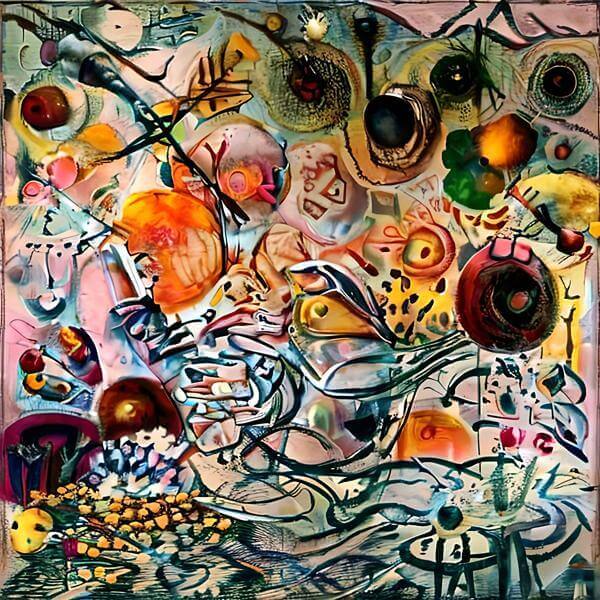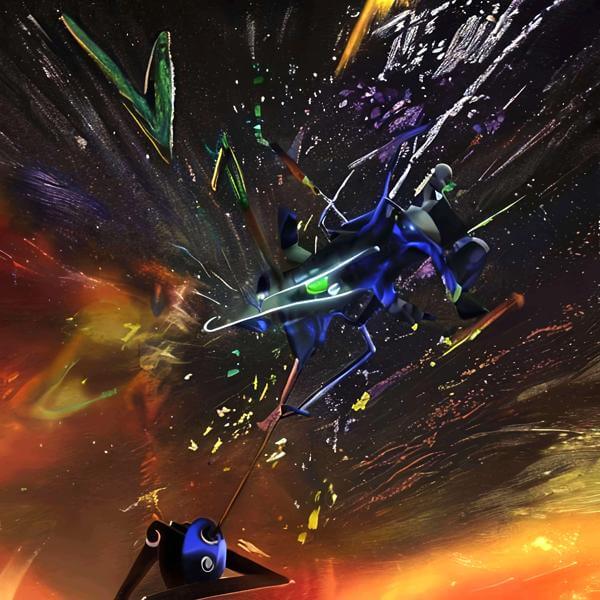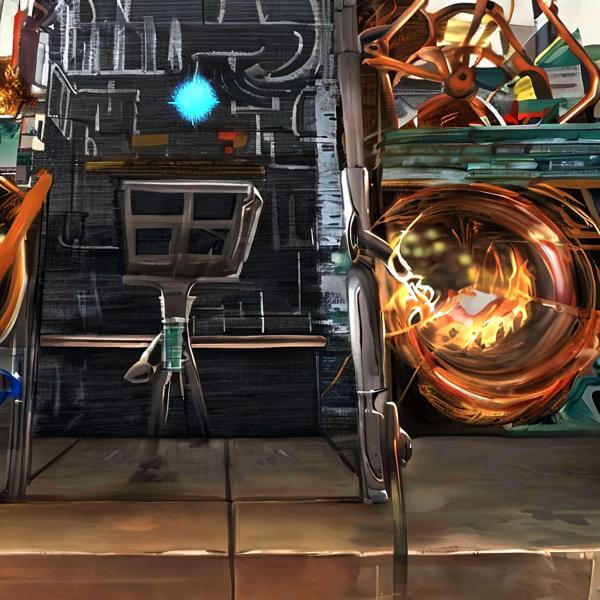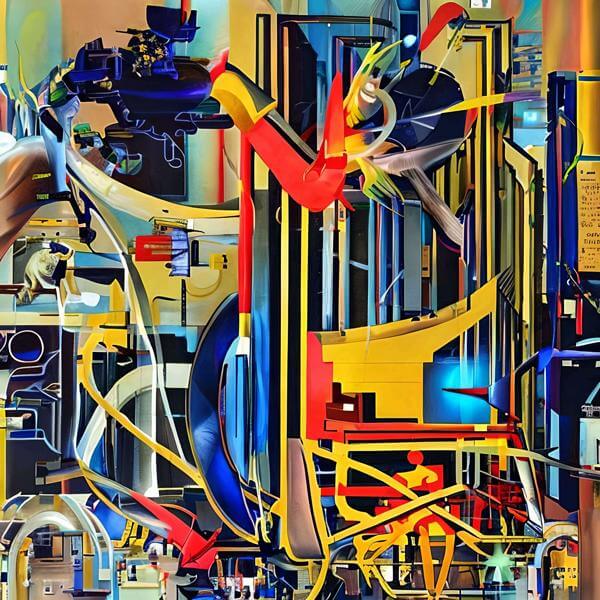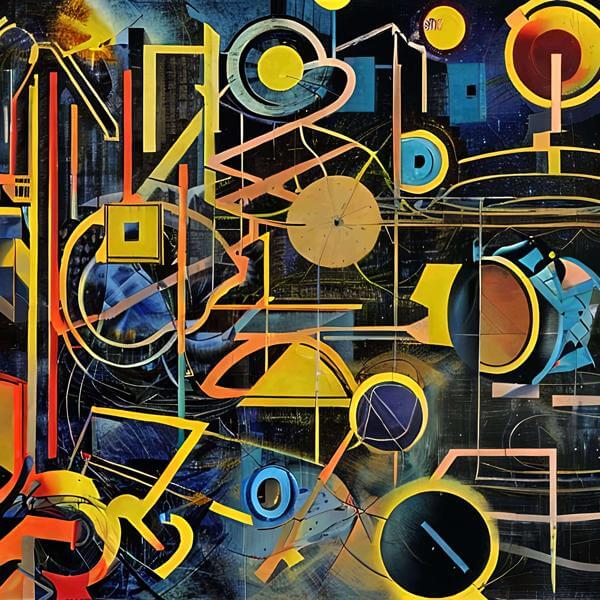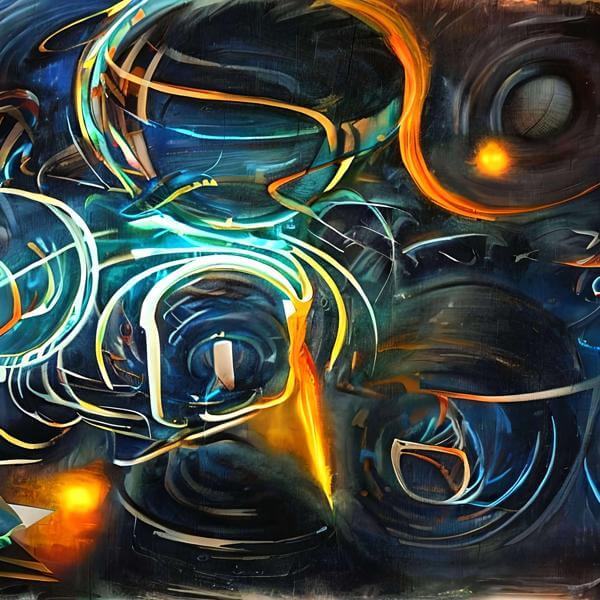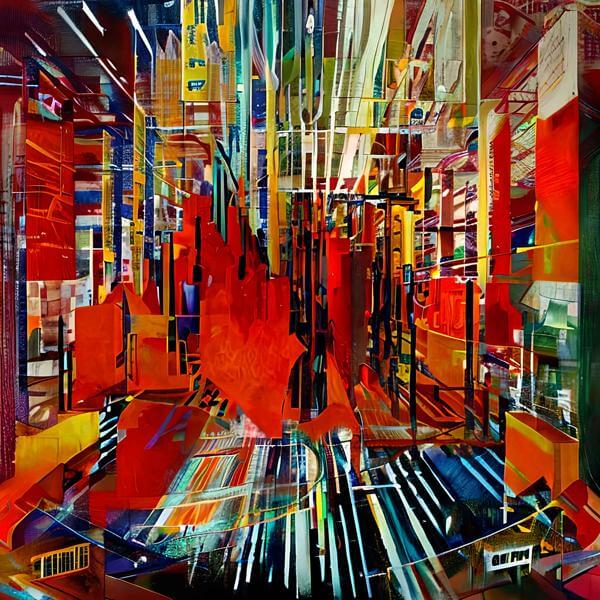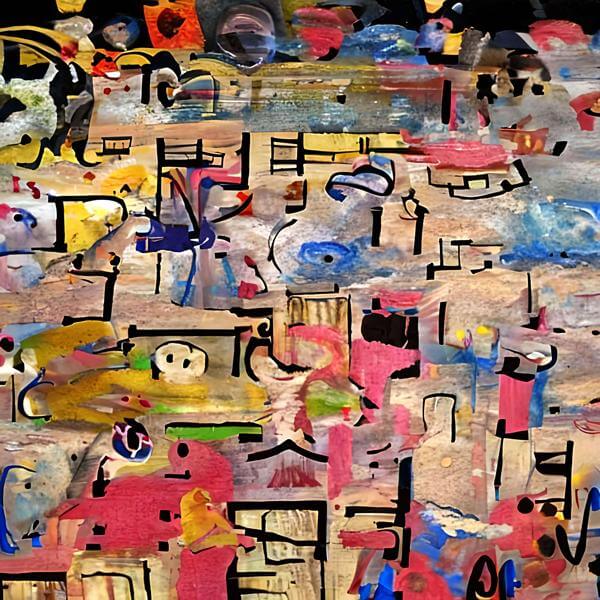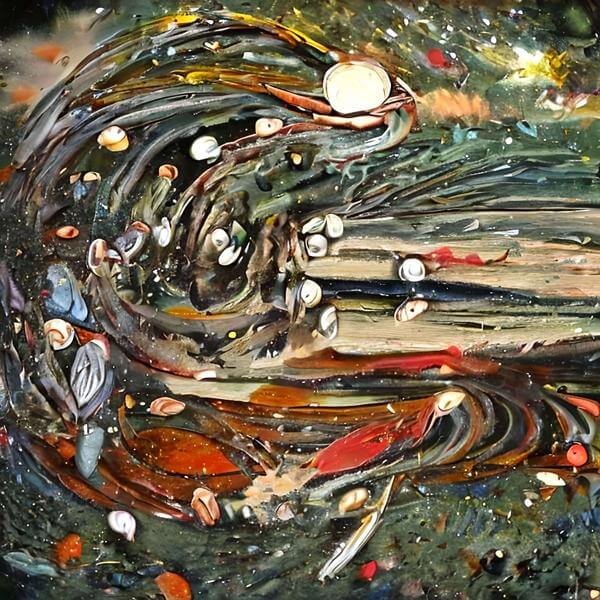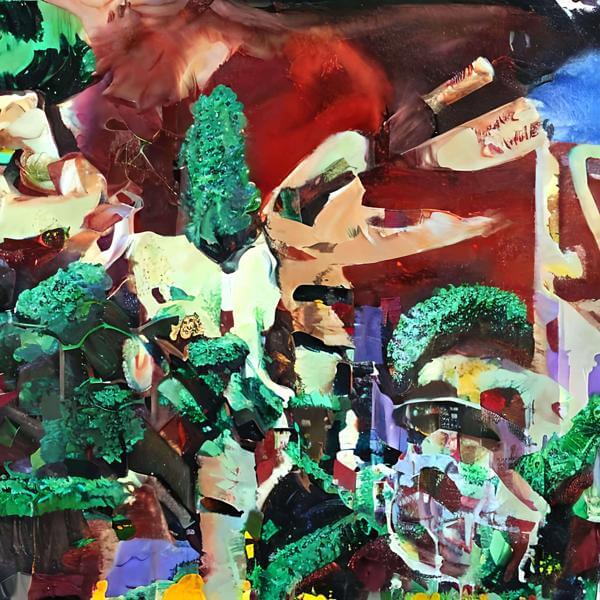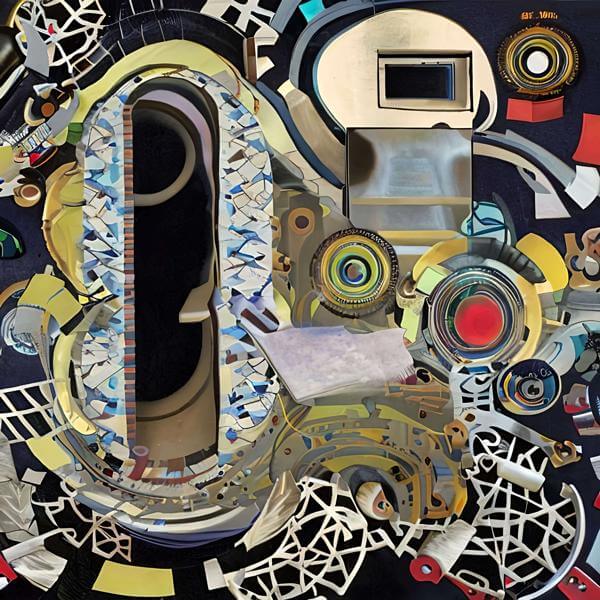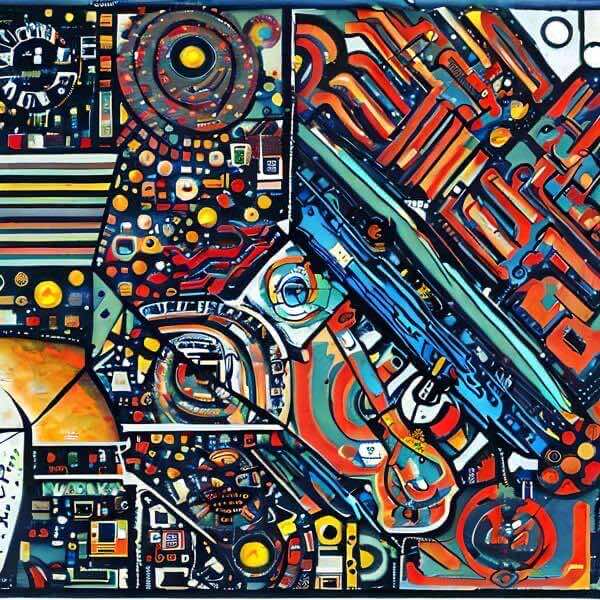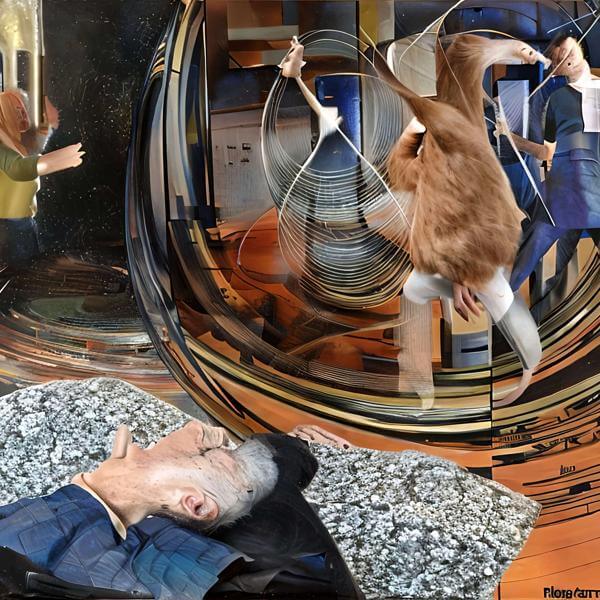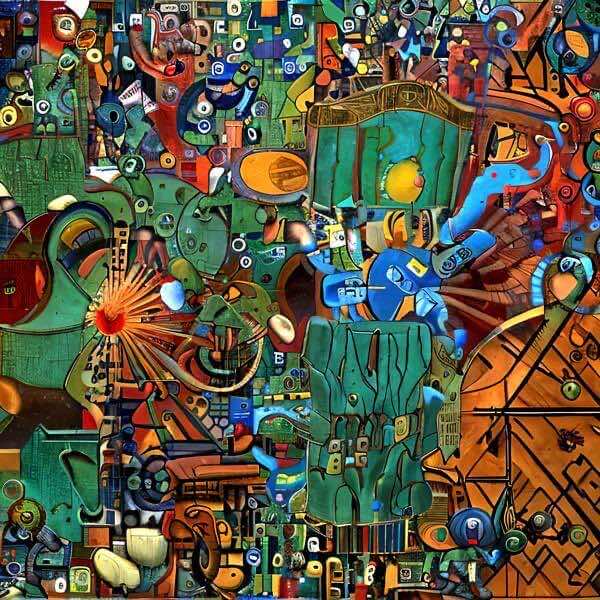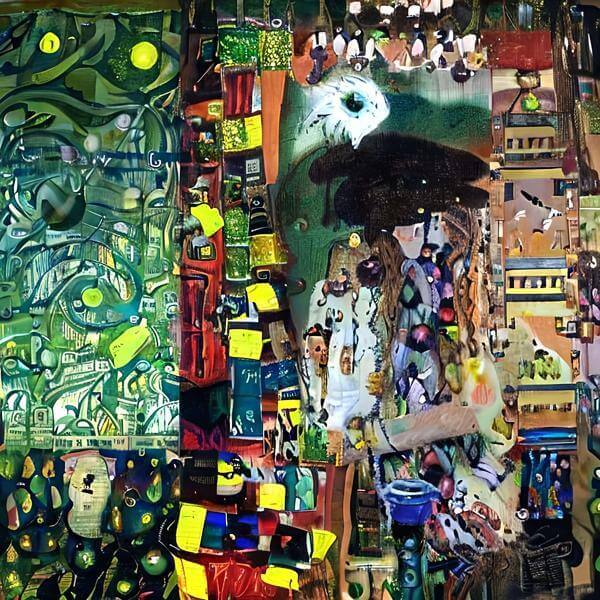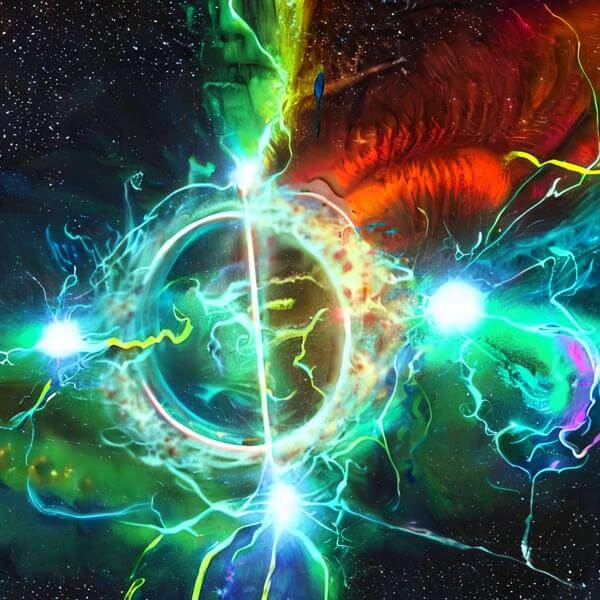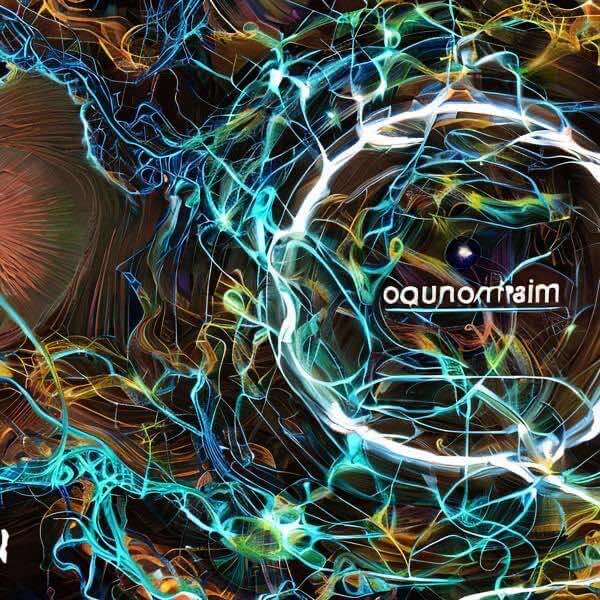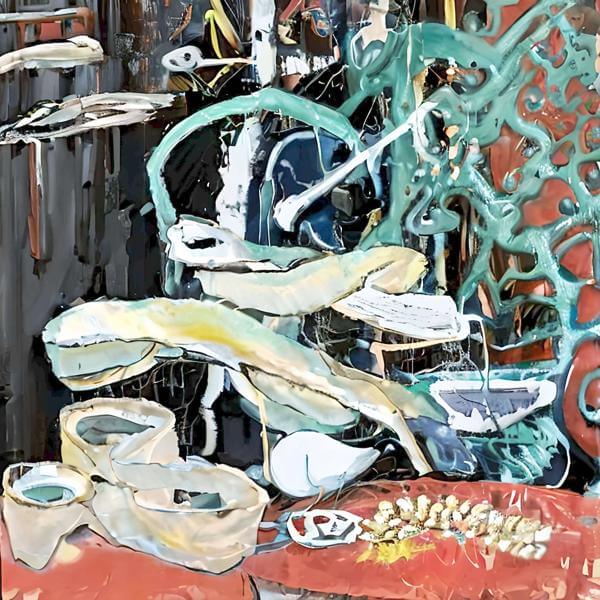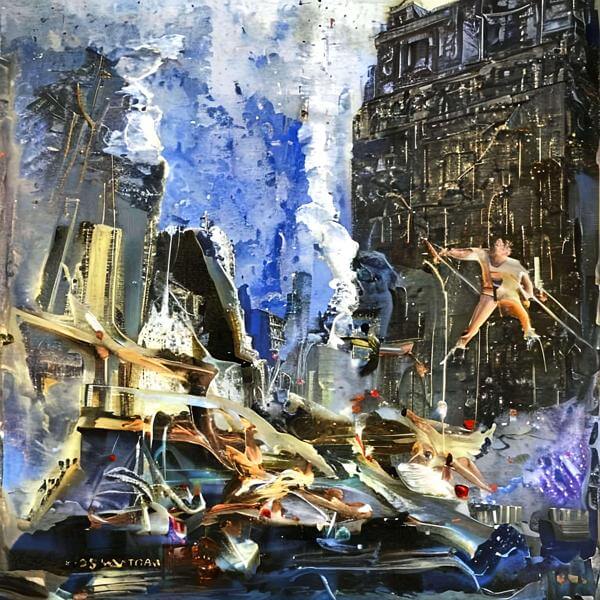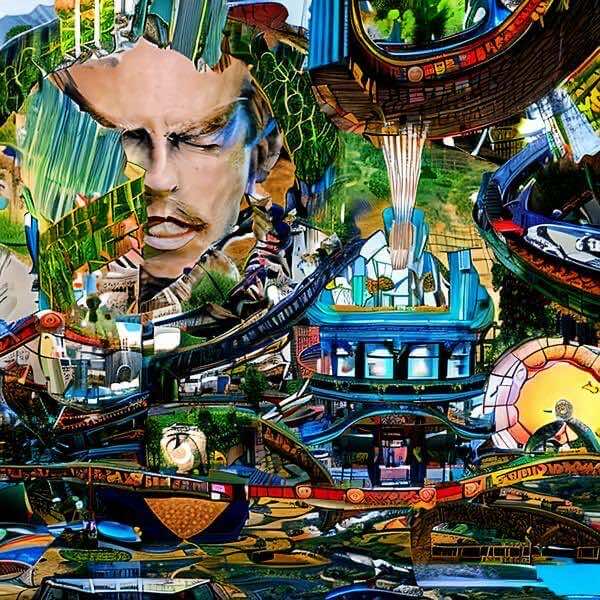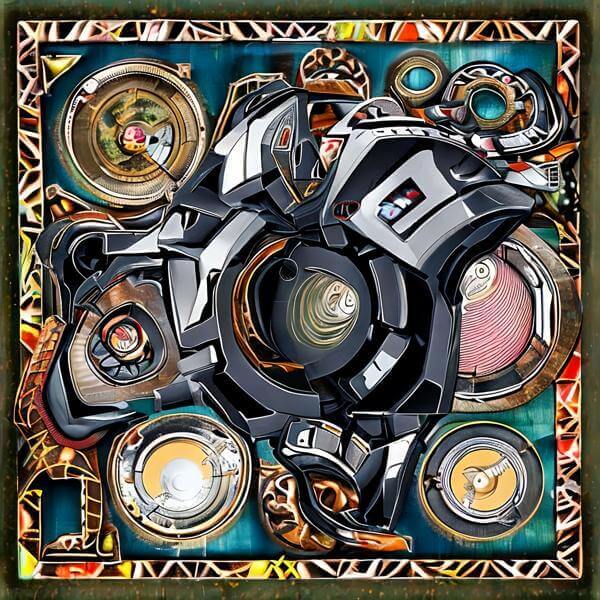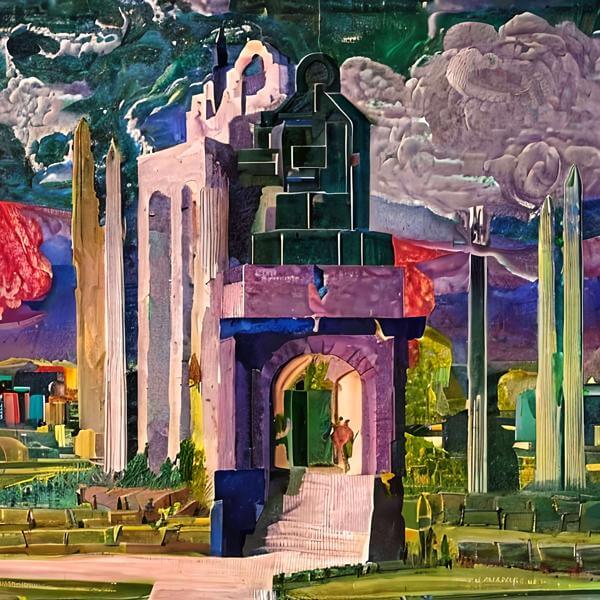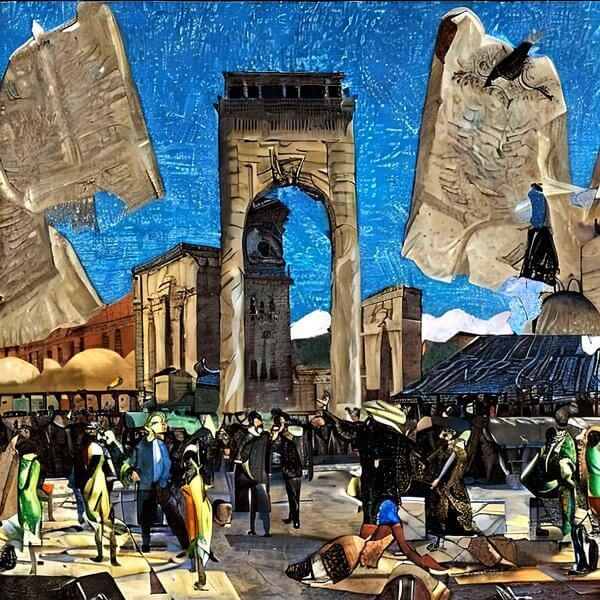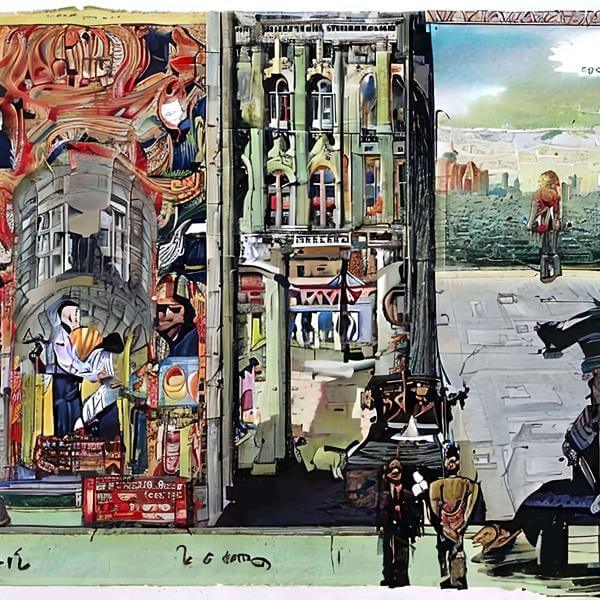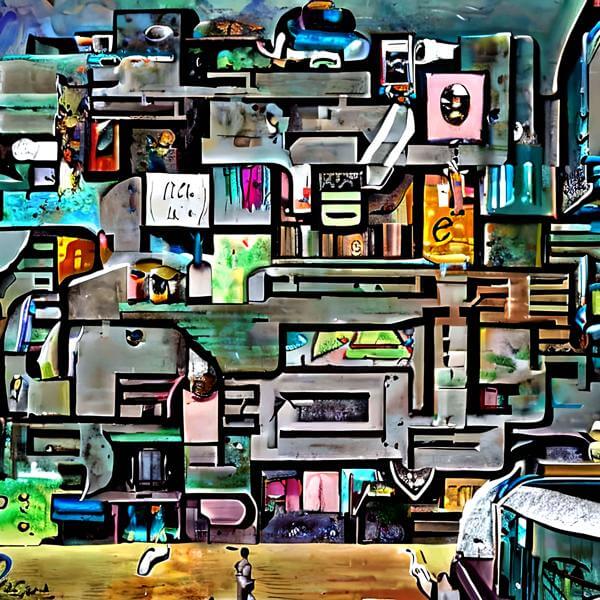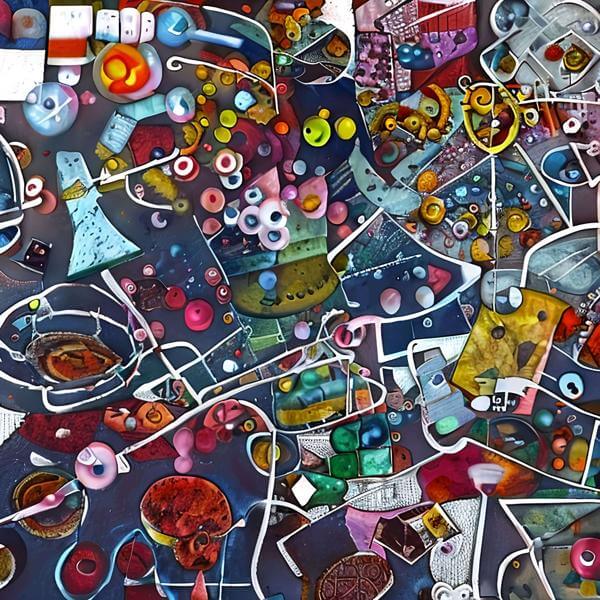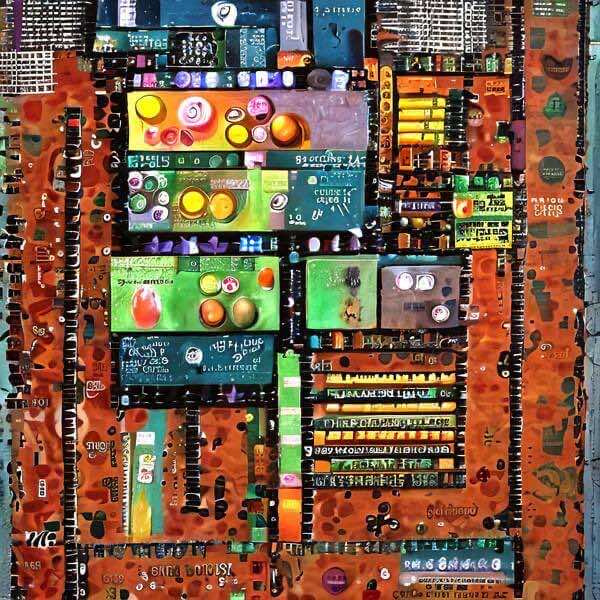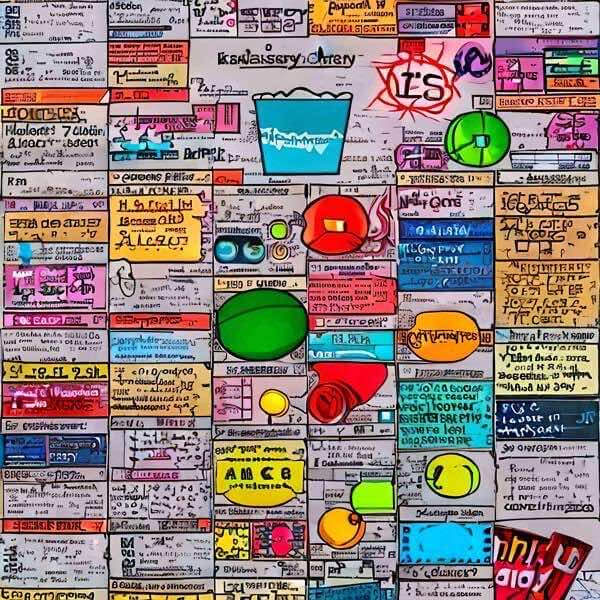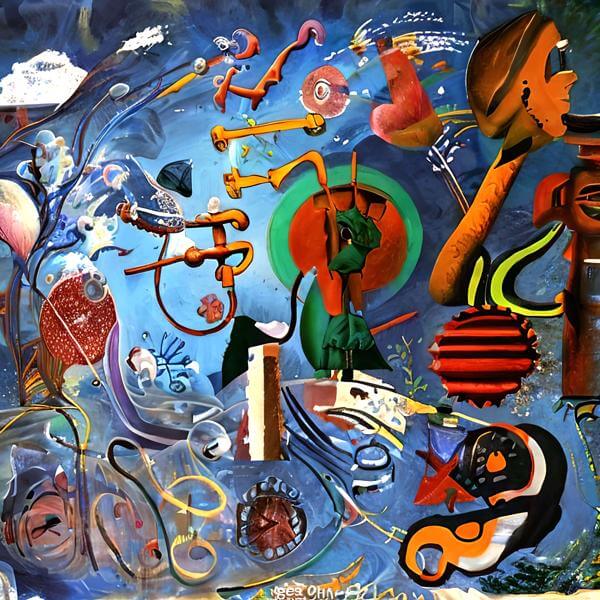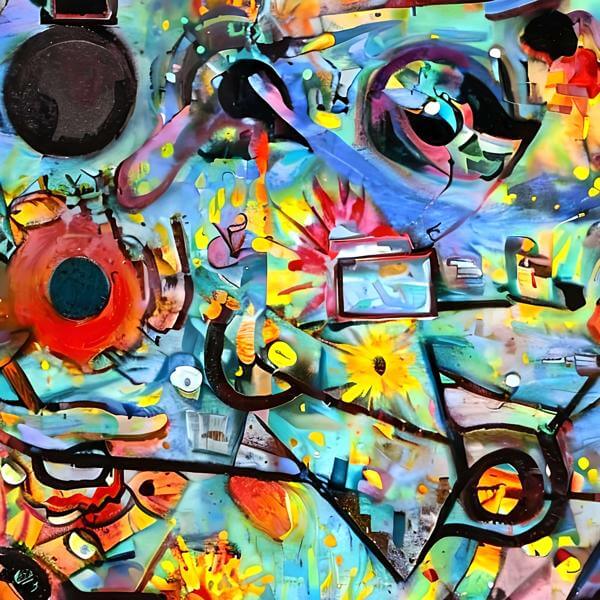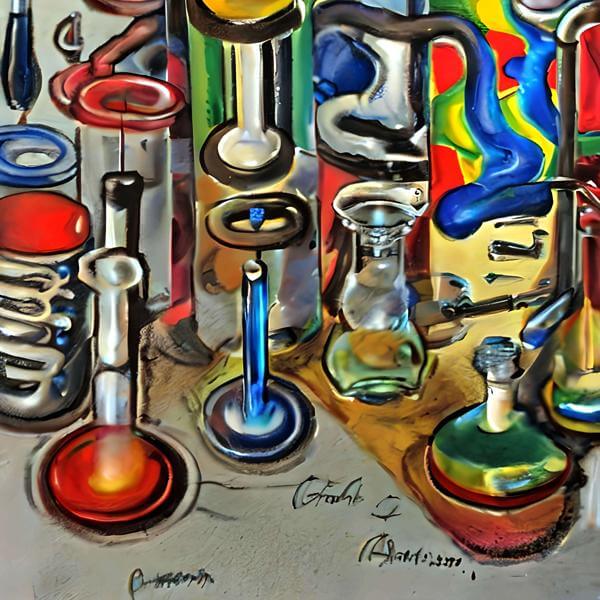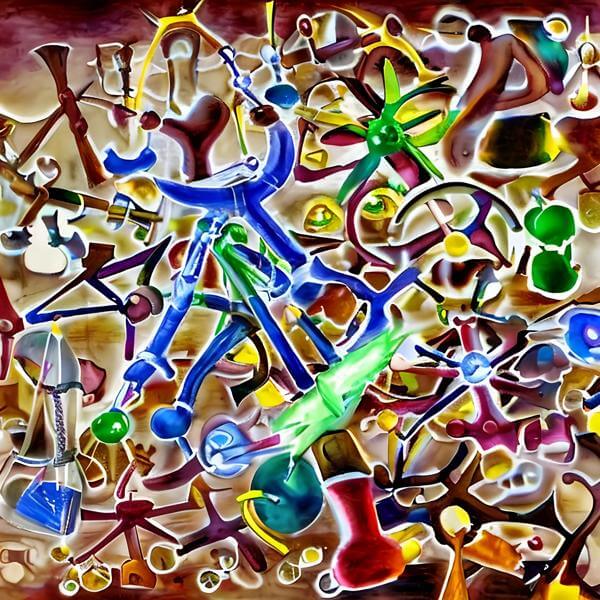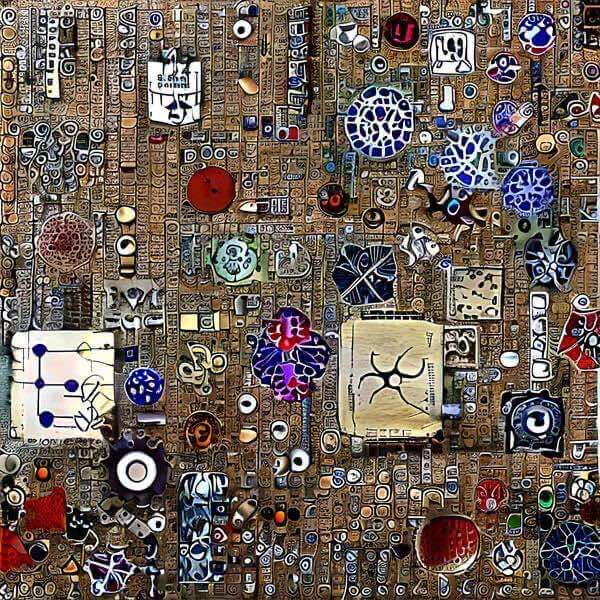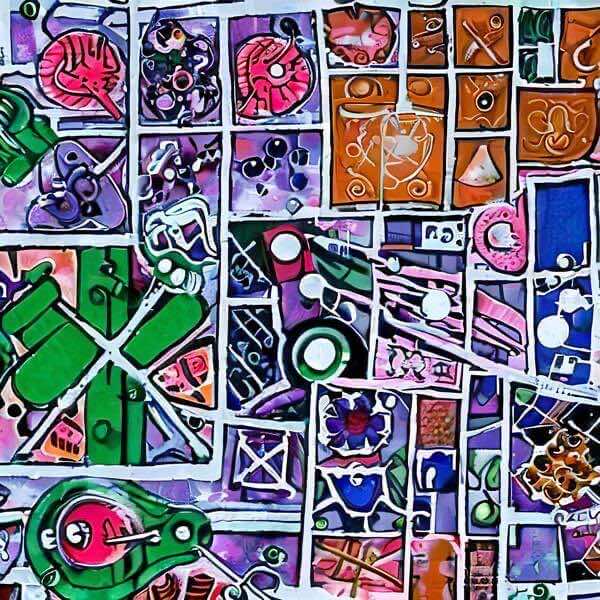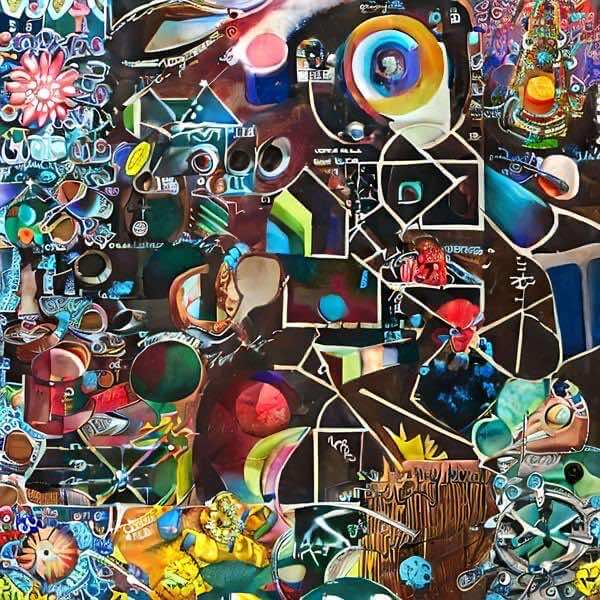🤖🖼 AI Art Blog ―To inspire AI to create paintings― 🅰🅸 🅰🆁🆃
A blog related to original AI artworks.
AI Art Created from Natural Science Terminology
While we have experimented extensively with mathematical terms, this time we tried using terms from physics, chemistry, and other fields to generate AI art using Stable Diffusion 2.1. Combining specific terms with specific artist names, such as “relativity” and Klimt, or “quantum” and Chirico, seems to lead to interesting results.
First, let’s present the artwork derived from the term “physics.” This is when only positive prompts are provided.
Next is “relativity.” This is the case when only positive prompts are given.
Furthermore, this is the case when both positive and negative prompts are specified.
We also added the artist’s name as both positive and negative prompts. The combination with Klimt seems to work well. “Relativity” is given only as a positive prompt.
This is the case when both positive and negative prompts are provided.
Next is “quantum.” This is the case when only positive prompts are given, without specifying the artist’s name.
This is the case when both positive and negative prompts are provided.
Chirico worked best as the artist’s name. This is the case when only positive prompts are given.
Next, we specified “quantum” and Chirico as both positive and negative prompts.
Next is “chemistry,” but providing it alone did not yield particularly interesting results. The following examples involve combinations with Kandinsky, but the resulting artwork tends to be cluttered. (Only positive prompts are given for “chemistry.”)
This is the case when “chemistry” is given as a negative prompt as well.
Then, we tried “organic.” Although “organic” is not necessarily associated with chemistry, the resulting artwork appears to have a “chemical” quality.
The following examples involve combinations with Kandinsky. “Organic” is given only as a positive prompt.
This is the case when “organic” is specified as both positive and negative prompts.
Dasyn.com デイシン
Created: 2023-07-04 12:10 Edited: 2025-10-31
